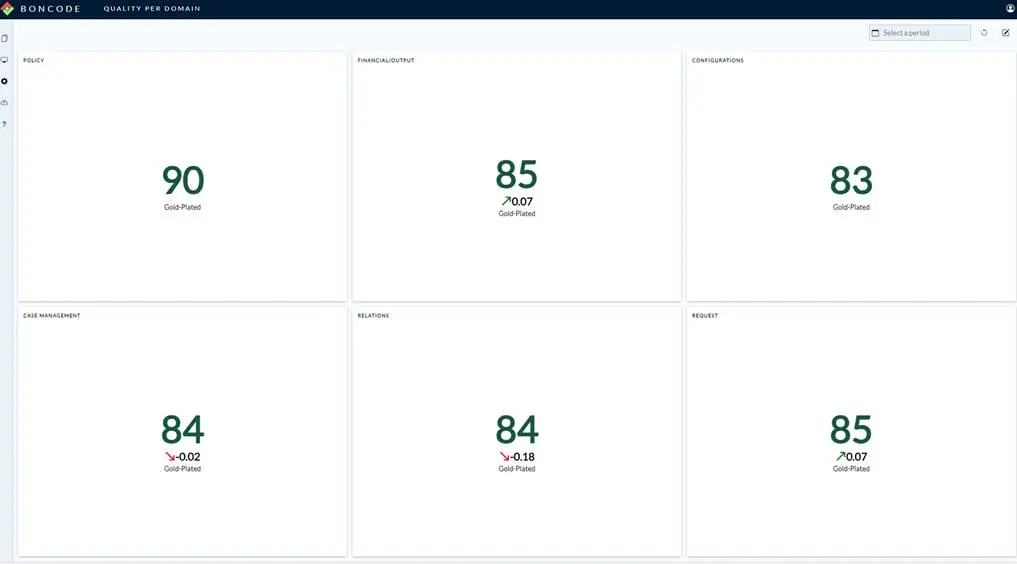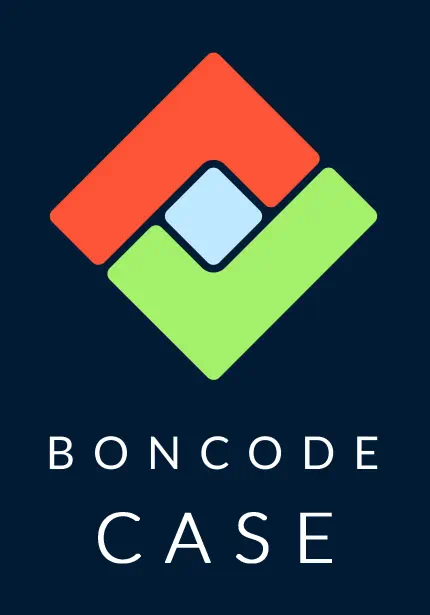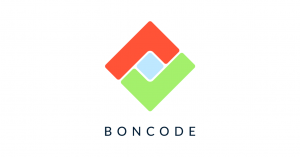I recently sat down with Jacco Overtoom, Business Architect at Zilveren Kruis. Why? Well, after looking at the data from our last benchmark* event, I noticed that the scores related to their OutSystems development projects stood out amongst their peers. And one of my favorite things to do is understand greatness- what goes into achieving it? And how do we get there?
I had a hunch, and it turns out that I was right- after an hour and a half discussion, it was clear to me that at Zilveren Kruis, from top down, there is a culture centered on continuous improvement.
One of the first things that Jacco said to me when I asked him how he and his teams achieved such high quality across their systems was, “There’s nothing really scientific to it”.
This made me smile and look down at my notepad, with brewing enthusiasm- because I knew that there absolutely was something scientific to it. And much of our conversation was about bringing those processes to light.
After working for a leadership development firm in New York for 3 years, one of my greatest take aways from my time there was this- the concept that leadership at its core is about behavior. Jacco’s eyes lit up in agreement when I shared this with him. We may profess to value certain things, but without concrete action to support them, we’re missing the mark.
A Massive Undertaking
Zilveren Kruis is an insurance provider under the umbrella of Achmea. Their systems serve 5.3 million registrants and process 500 million medical claims a year. Which presents two truths, their systems are very big, and the work those systems do is very important.
Jacco’s history with Zilveren Kruis is extensive- he’s held many positions, and his first assignment in his current role as Information Manager was to team with Senior Manager, Pieter Van Soerland, to decide if their 40-year-old system was fit for the future. Through working with external consultants, they concluded that rebuilding with OutSystems would be the best solution for the long term. A decision which Jacco expressed gratitude to Pieter for having the courage and faith to make.
“Mine and Development Manager Harry Schepers primary focus with the rebuild was that we ‘start good’. And what I mean by that, is setting best practices for our development teams and sticking to them so that we have clean, maintainable code for the future.” They ensured this by leaning on OutSystems’ free tool A.I. Mentor, which flagged any action which strayed from the set development guidelines. And each week, they would review the dashboard and progress with the developers.
I asked Jacco how that initial implementation went, and he shared that it wasn’t easy at first, but that Harry really stuck to enforcing the standard with the teams, week after week. Naturally, when change is implemented, there is an adjustment period, but it’s consistency which moves the needle. And when it comes to building a culture of continuous improvement, it’s the leader’s, not the team’s job to drive that accountability.
When going through this change process, the question becomes: are you willing to endure short-term discomfort to achieve long-term satisfaction? Just like starting a running routine, those first few times may not be fun, but if you can stick to it, it gets easier and eventually- you look forward to it.
Which is exactly what happened with the members of the development teams. Through Jacco and Harry’s initial “enforcement” they communicated a few things. One, that this wasn’t about calling out mistakes, or critiquing work. Rather, it was about leaning on a process that would help all involved achieve the best outcome. In this case- clean, maintainable code for the future, supporting large systems which will easily adapt to change.
Of course, with such large systems, the rebuild is a year’s long process. And at this point, they no longer have to drive accountability to nearly the same degree. After the initial effort to get off the ground, the plane is now running on autopilot. I asked him if he has seen a change in his teams as a result of this process. He sat up straight, and said, “I see a new pride in them. They are really proud of the work and the quality we are producing.”
In fact, the development teams now run their own retrospective after each two-week sprint, while leaning on A.I. Mentor’s dashboard. Now, hearing this made me sit up straight and raise my eyebrows. I asked Jacco, “you’re not leading these meetings?” His response, “Retrospective is a team aspect. Not for managers or other outsiders. There must be an open environment for them to give feedback to each other. That will change if people from outside will participate in that meeting.”
Part of my work at my last company was facilitating on an online learning platform, where 30-40 executives would come together for a leadership course. One challenge that came up repeatedly amongst participants was their expressing difficulty with retrospectives. They would ask, “How do I create an environment where my team feels safe to give and receive feedback. How do I get my team beyond defensiveness and taking things personally?”
What Jacco shared next about how he did so was something that I never once heard or thought of as a solution in my two years as a facilitator of these discussions. I could have advised my participants so well with this information! And the solution is so simple. Hire someone specialized, internal or external, who knows how to facilitate and manage the process. In this case Zilveren Kruis had internal resources to lean on. This solution supports the idea that great leaders don’t expect themselves to know everything, rather they surround themselves with people who supplement their weakness. Which creates space for their time and efforts to be better served.
For Harry, Jacco and their leadership, at this point, part of that time better served is through consulting bi-weekly with BonCat, our software intelligence tool, to look at trends across productivity, quality, size and operational stability. When I asked him what the greatest value of this data was, he said that it’s a tool which allows him a bird’s eye view, which empowers him to know which conversations to have. It’s a way to keep communication flowing between developers and leadership, so context can be shared and understanding gained.

When I asked Jacco what the key value of participating in his first BonCode Benchmark was, he gave me two answers. One, to be able to see facts about his system’s quality compared to his peers. And two, the relationships and best practices shared there in.
At the end of our conversation, I told Jacco that I considered his “nothing scientific to it” approach to be a case study for building a culture of continuous improvement.
To which he said, of course they do things wrong, and nothing is perfect- which I completely understood.
Needless to say, I left the Zilveren Kruis offices with a smile on my face, buzzing with excitement to put our conversation to the page to share these best practices with you!





